Mr. Tran Van Lau (3rd from right), Chairman of Can Tho City People's Committee, during a visit to the shrimp farm of Vietnam Clean Seafood Joint Stock Company in Lieu Tu commune, Can Tho city, in February 2025.
Mr. Truong Van Hung, Director of Hung Loi Agricultural Cooperative, Dai Ngai Commune, Can Tho City, shared that the Cooperative has an area of 609 hectares, cultivating 2 rice crops/year. Previously, before joining the Cooperative, members cultivated individually, using different varieties and mainly regular rice varieties. When joining the Cooperative, members all produced ST25 rice with 2 crops/year, average yield of 6.5-7.5 tons/ha, total profit of 4.9-5 billion VND/year/609ha (in 2023, 2024 and the first 6 months of 2025).
Another notable achievement of the city is the restructuring of brackish water shrimp farming. Mr. Huynh Khanh Luong in Tran De commune, developed shrimp farming in earthen ponds in an extensive form since 1993, and in 2003 started semi-industrial shrimp farming, but the productivity was not high; through guidance from the professional sector, he switched to shrimp farming in tarpaulin-lined ponds, then high-tech shrimp farming, with the pond covered with a heat-reducing net. Last year, with a high-tech shrimp farming area of 10 hectares, he earned 240 tons of shrimp, minus expenses, earning a profit of more than 2.4 billion VND/year.
Agricultural restructuring has also been effective in the fruit sector. After many years of converting from ineffective rice cultivation to soursop cultivation, Mr. Pham Huu Huynh's family in Nga Nam Ward, Can Tho City, has escaped poverty sustainably. In the past 4 years, with 1 hectare of soursop growing yielding more than 30 tons of fruit per year, after deducting expenses, Mr. Huynh earned a profit of 200-300 million VND/ha/year.
Nearly 5 years of restructuring the city's agricultural sector has achieved many outstanding results. The crop sector has formed and developed a number of organic production areas; developed and maintained more than 324 fruit growing area codes with an area of over 12,673 hectares; built more than 14 product value chains on star apple, mango, longan, grapefruit, and durian.
The livestock industry develops in the direction of concentrated farms associated with environmental protection; high-tech livestock farming and gradually perfecting the linkage chain, managing traceability, and enhancing product value.
Regarding aquaculture, the city has more than 49 production units following VietGAP, ASC, GlobalGAP, BAP processes, with an area of over 2,186 hectares; more than 77 facilities participating in aquaculture breeding; and many farming models effectively applied by people: 2-phase shrimp farming, closed-loop shrimp farming, high-tech shrimp farming, with an area of over 7,658 hectares.
In the coming time, Can Tho City will continue to restructure the agricultural sector more effectively. In particular, in terms of cultivation, farmers will be encouraged to boldly change the crop structure to suit their advantages and market demand, adapt to climate change; form large-scale specialized production areas. High-tech shrimp farming is the main development direction; implement biosafety, minimize disease risks in livestock. Continue to implement the Project on sustainable development of one million hectares of high-quality and low-emission rice cultivation associated with green growth in the Mekong Delta; Sustainable aquaculture development project; Cattle breeding development project...
| Through restructuring the agricultural sector in the 2021-2024 period in the city, profits from conversion models on annual crops from 10 million VND - 50 million VND/ha/year (2021) increased from 200 million VND - 250 million VND/ha/year (2024); fruit trees with profits from 30 million VND - 50 million VND/ha/year (2021) increased from 150 million VND - 250 million VND/ha (2024); aquaculture combined with rice cultivation, profits increased from 50 million VND - 100 million VND/ha/year (2021) increased from 150 million VND - 260 million VND/ha/year (2024), many times higher than rice cultivation on the same production area. |
Article and photos: THUY LIEU
Source: https://baocantho.com.vn/nhieu-ket-qua-noi-bat-trong-tai-co-cau-nganh-nong-nghiep-a190871.html


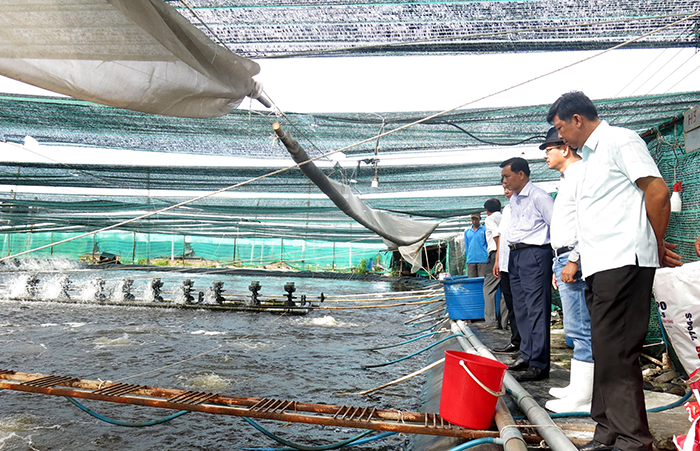

![[Photo] Hanoi morning of October 1: Prolonged flooding, people wade to work](https://vphoto.vietnam.vn/thumb/1200x675/vietnam/resource/IMAGE/2025/10/1/189be28938e3493fa26b2938efa2059e)


![[Photo] President of the Cuban National Assembly visits President Ho Chi Minh's Mausoleum](https://vphoto.vietnam.vn/thumb/1200x675/vietnam/resource/IMAGE/2025/10/1/39f1142310fc4dae9e3de4fcc9ac2ed0)
![[Photo] Keep your warehouse safe in all situations](https://vphoto.vietnam.vn/thumb/1200x675/vietnam/resource/IMAGE/2025/10/1/3eb4eceafe68497989865e7faa4e4d0e)
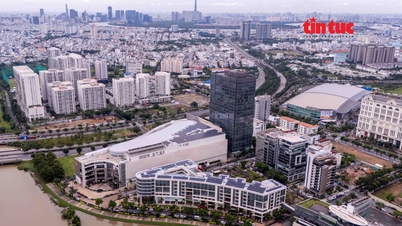

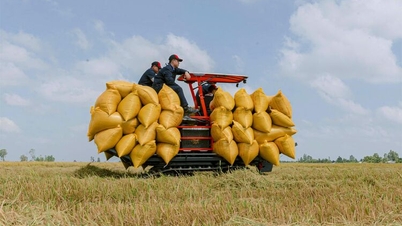

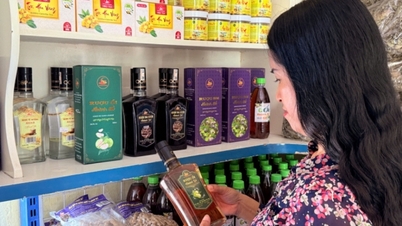

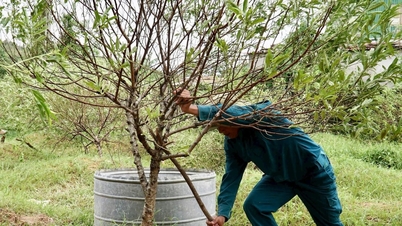



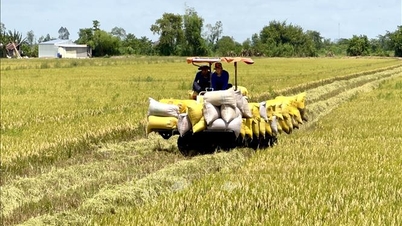
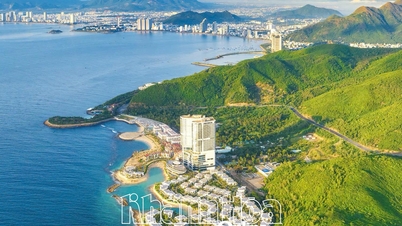

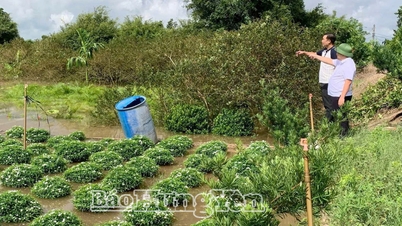

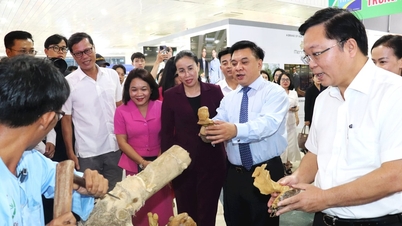

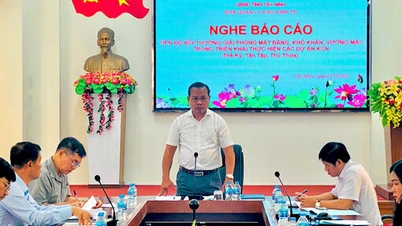

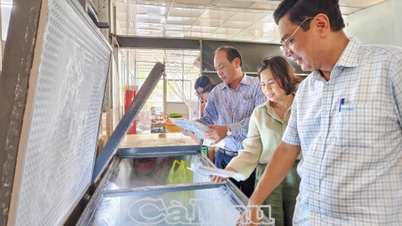

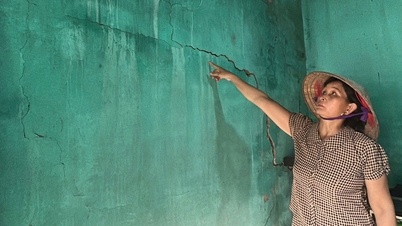





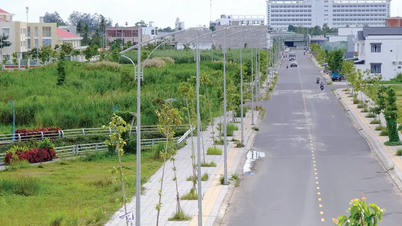
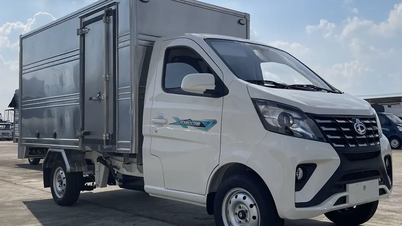

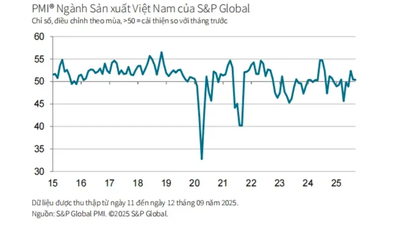
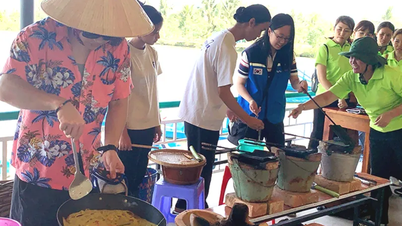
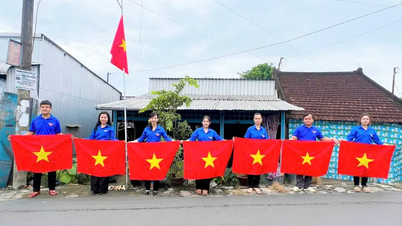





























































Comment (0)